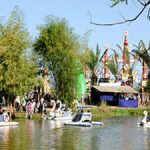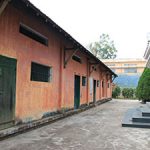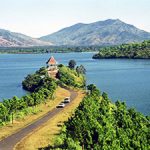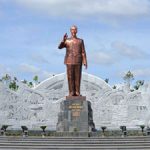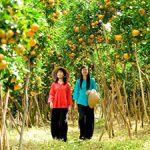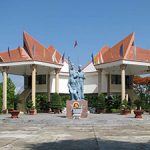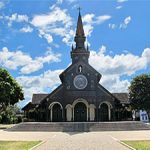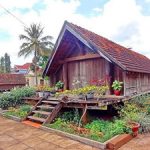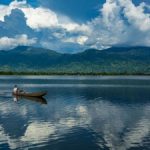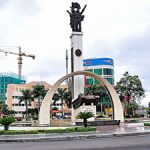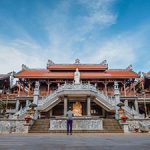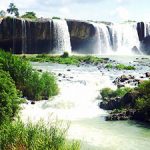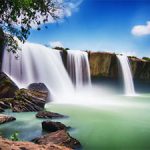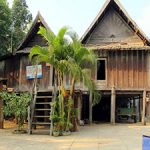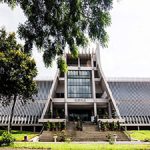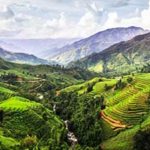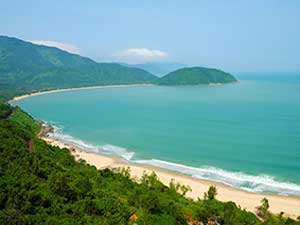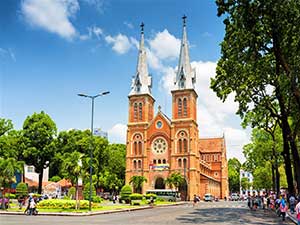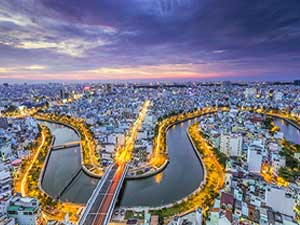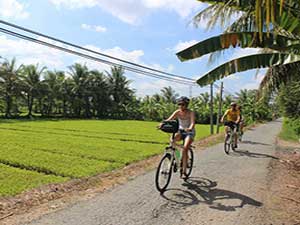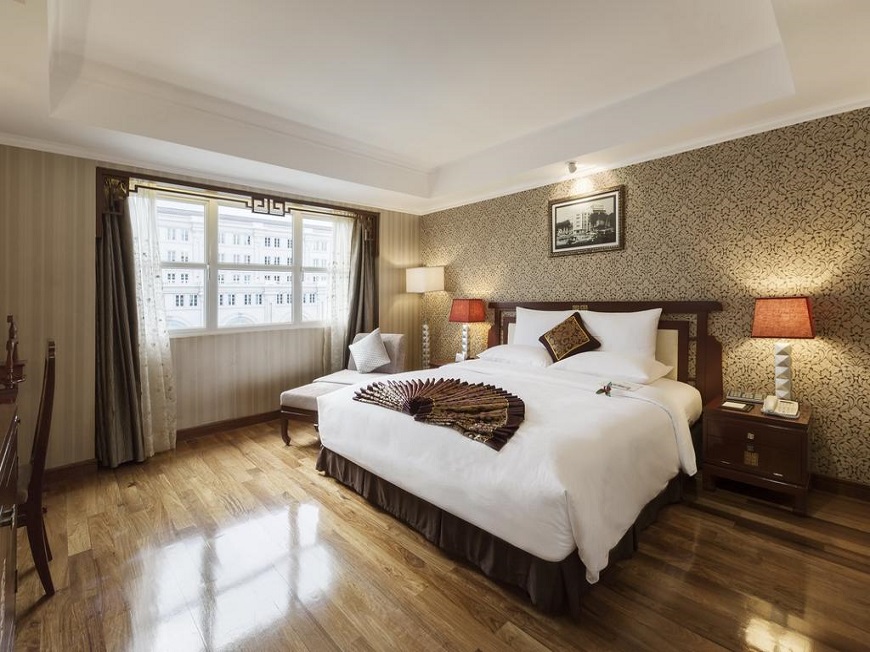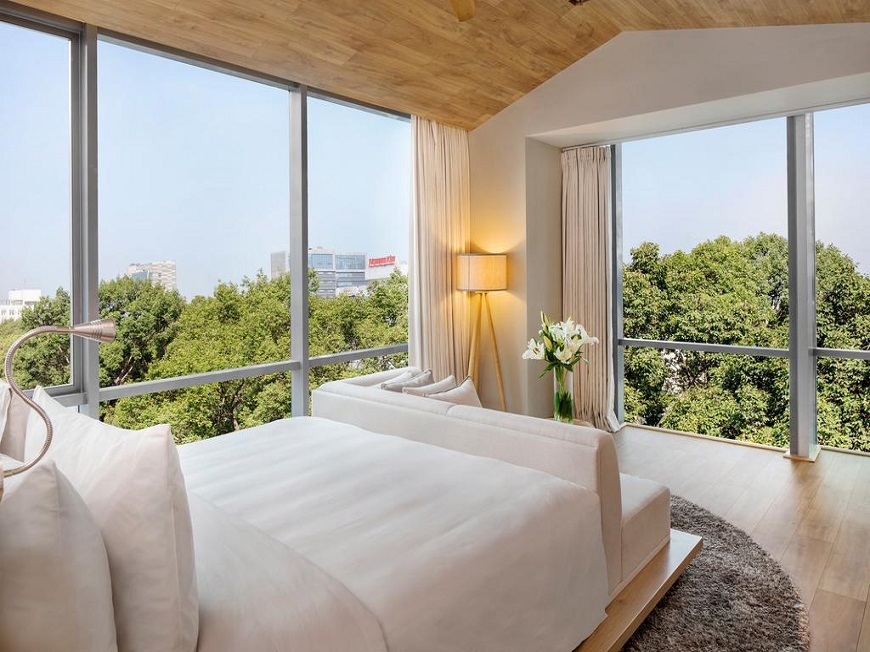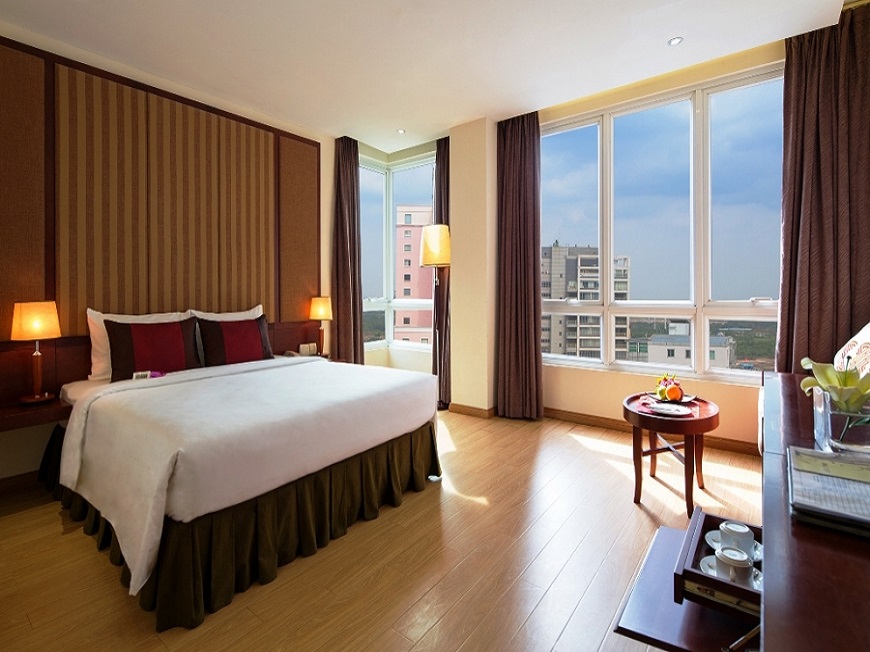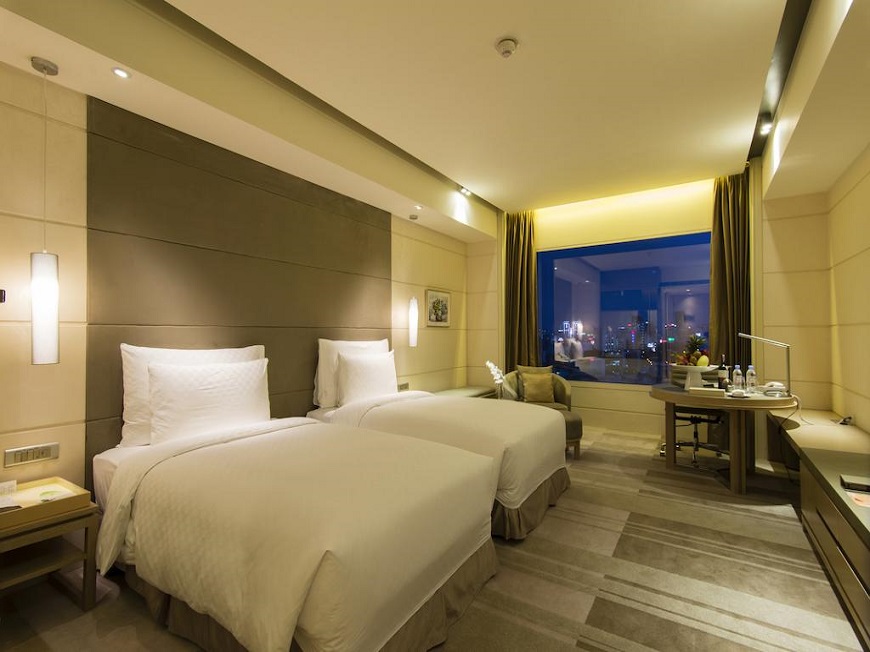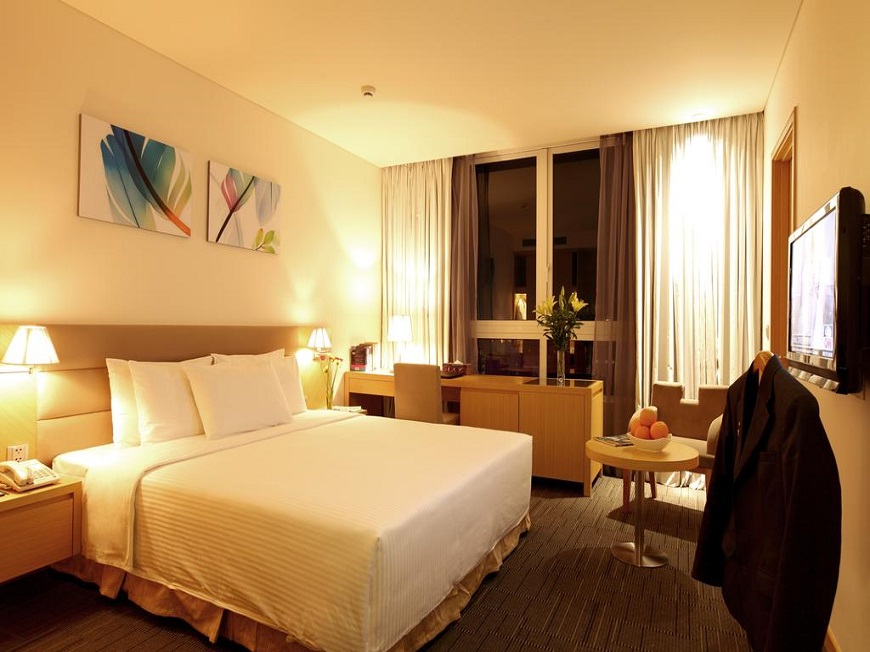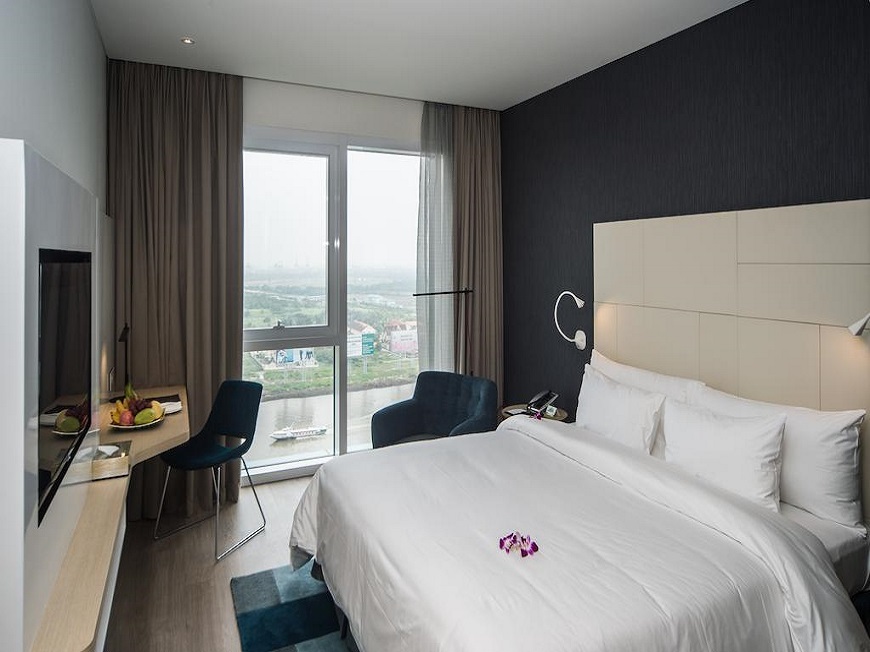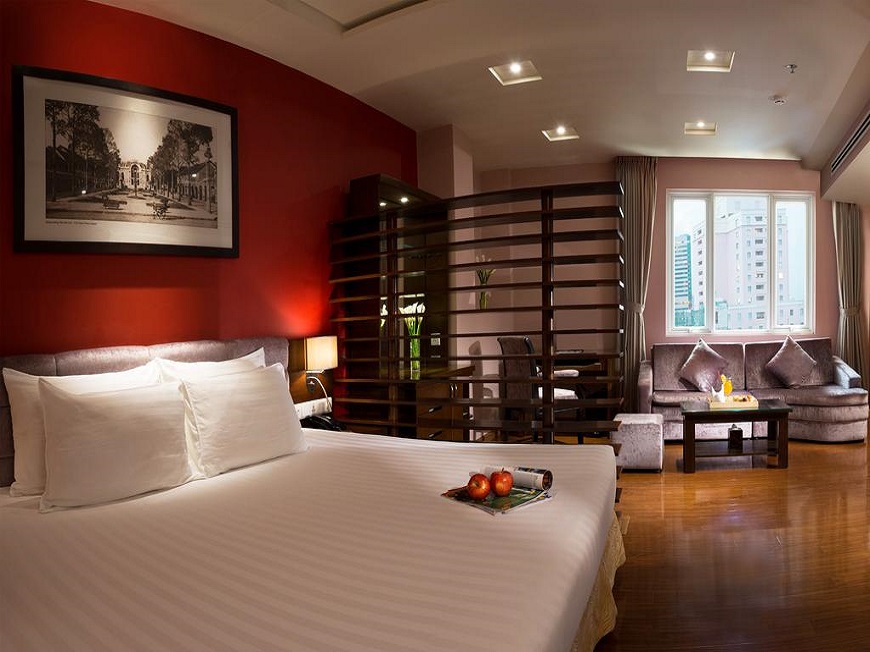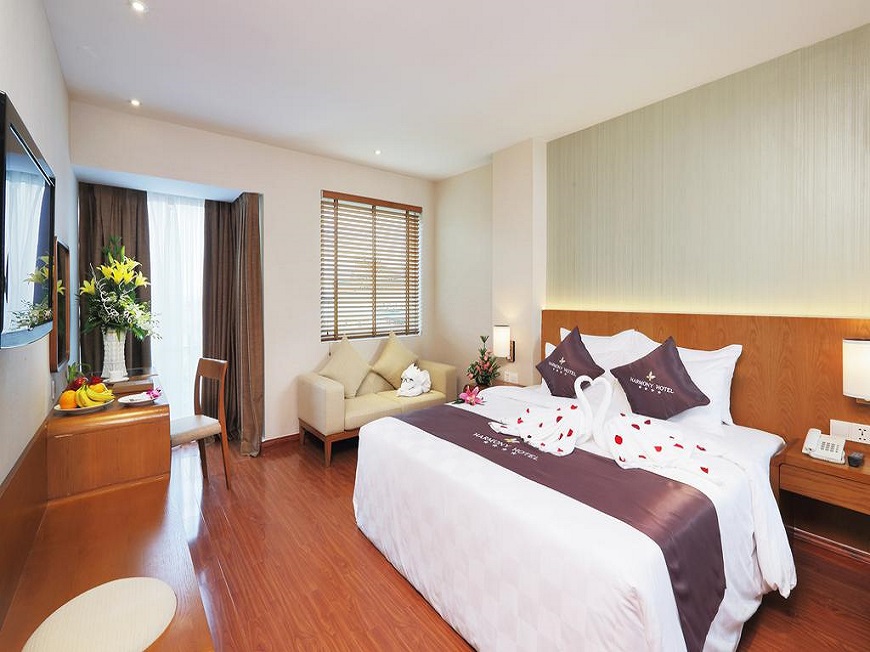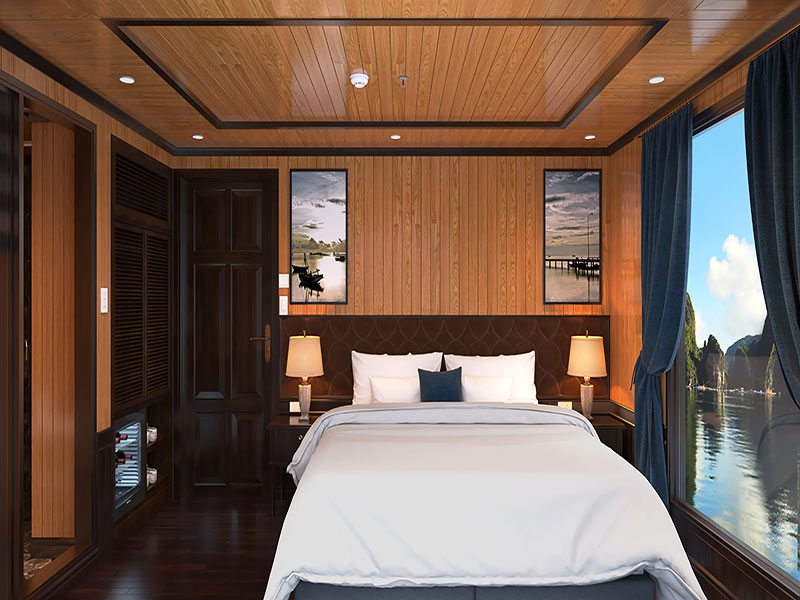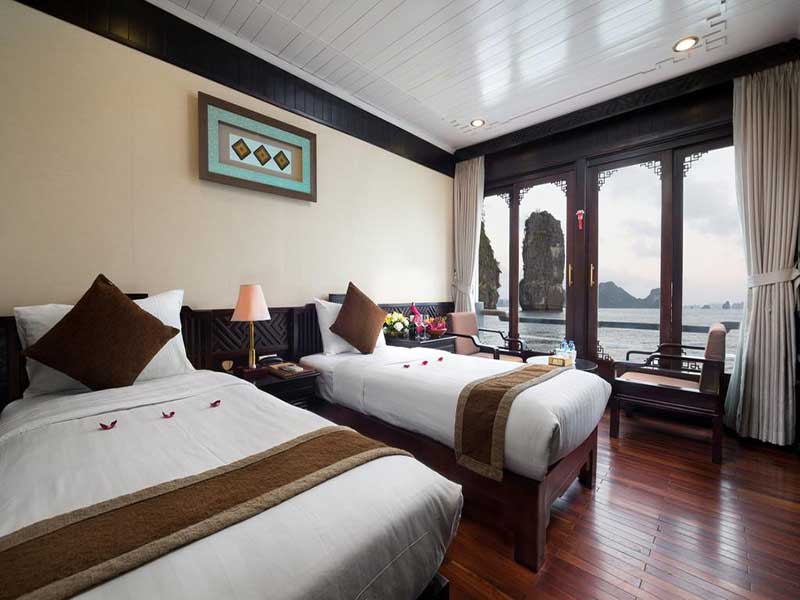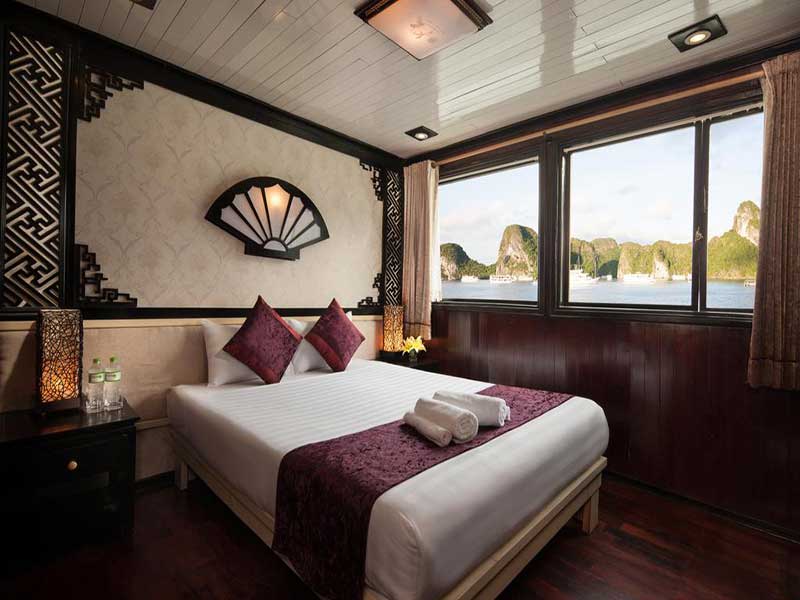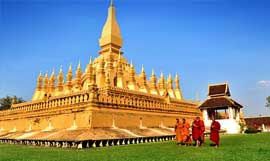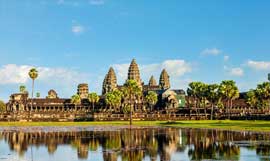Located in the heart of Buon Ma Thuot City, Dak Lak Museum is like a miniature of the Central Highlands with more than 9,000 square meters of lush greenery in the center of the museum, attracting a large number of domestic and foreign tourists for its unique architecture as well as the historical and cultural space of the Central Highlands legendary. The Dak Lak Museum, established in 1976, built by the Dak Lak Province in 2008 and inaugurated in 2011, normally is the very significant place for many events in the socio-cultural life of Dak Lak province in particular, and the Central Highlands in general, expressing their nationality and interests in preserving and promoting the cultural values of Vietnam. Based on the contents that match the long history and rich and diverse culture of the locality, Dak Lak museum is the ideal destination for tourists to witness the historical and cultural value of the Central Highlands.
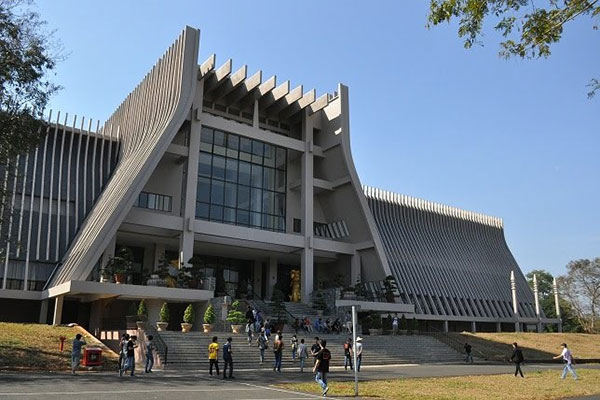
Coming to the Dak Lak Museum, tourists will be offered a miniature space of the majestic Central Highlands mountains, designed in accordance with the traditional architecture of the Ede ethnic minority, one of the largest population of the Dak Lak ethnic minority. With a length of 130 meters, width of nearly 65 meters, and over 9,200 square meters, currently, the Dak Lak museum is holding nearly 13,000 rare objects, including more than 2,000 cultural artifacts, 4,000 films, documentary and over 6,000 objects in the field of archeology and history. This large space is arranged into 3 display spaces with 3 major contents, including biodiversity, ethnic culture and history.

Inside the Dak Lak museum, right in the middle of the museum, tourists will be fascinated by the biodiversity, because this space exhibits a lot of artifacts, images of the ecology and soil of the Central Highlands, many animals in the forests such as bear, and leopard. Ecological zones include Lak lake, Dray Nur waterfall, red soil, clay, gray soil or bushes of coffee trees and so on. Surprisingly, in the middle of the museum, looking to the exhibiting area, tourists will be immersed in the life of ethnic minorities in the Central Highlands. This area is a national culture, and space for displaying artifacts, images of life and activities of the Central Highlands people, typical E De and other ethnic minorities here with tools such as agriculture tools, dugout canoes, baskets, hunters for hunter-gatherers, benches, fireplaces, or jewelry are present in all of the houses.

Not only that, tourists will be satisfied by the costumes of village elders, the worshipers, brocade weaving, mats, and the gongs of the E De, Jrai and wine breweries of all sizes. Looking to the right area, the Dak Lak museum appears as the historical space with full of exhibits artifacts, images of ancient objects, combat weapons served in the resistance against French colonialism and American imperialism. Especially, pictures of fossil snails, antique plates and tools in the life of the resistance, and images and materials on campaigns in the struggle for national liberation will convey the true historical and cultural value of the Central Highlands of Vietnam.

One of the distinctive features of this museum is that Dak Lak Museum is one of the pioneering museums in Vietnam using many languages in display, such as Vietnamese, French, English and Ede. In addition, the museum also uses the language of other peoples in the name of their own artifacts. Another highlight is that Dak Lak Museum is experimenting with advanced museum concept and modern display method. Information systems are conveyed through presentations, annotations, photos, and films, which will provide tourists opportunities to easily understand about the meanings of the displays. With respect to the original artifacts, the Dak Lak Museum has built its image as a modern museum but still characterized by national traditions. Coming to Dak Lak Museum, tourists will have a panoramic view of the development history, the unique cultural values and nature of the wild plateau from the Stone Age to the present maintained until now.
Let’s come to Dak Lak museum and discover the true historical and cultural value of the Central highlands of Vietnam!

